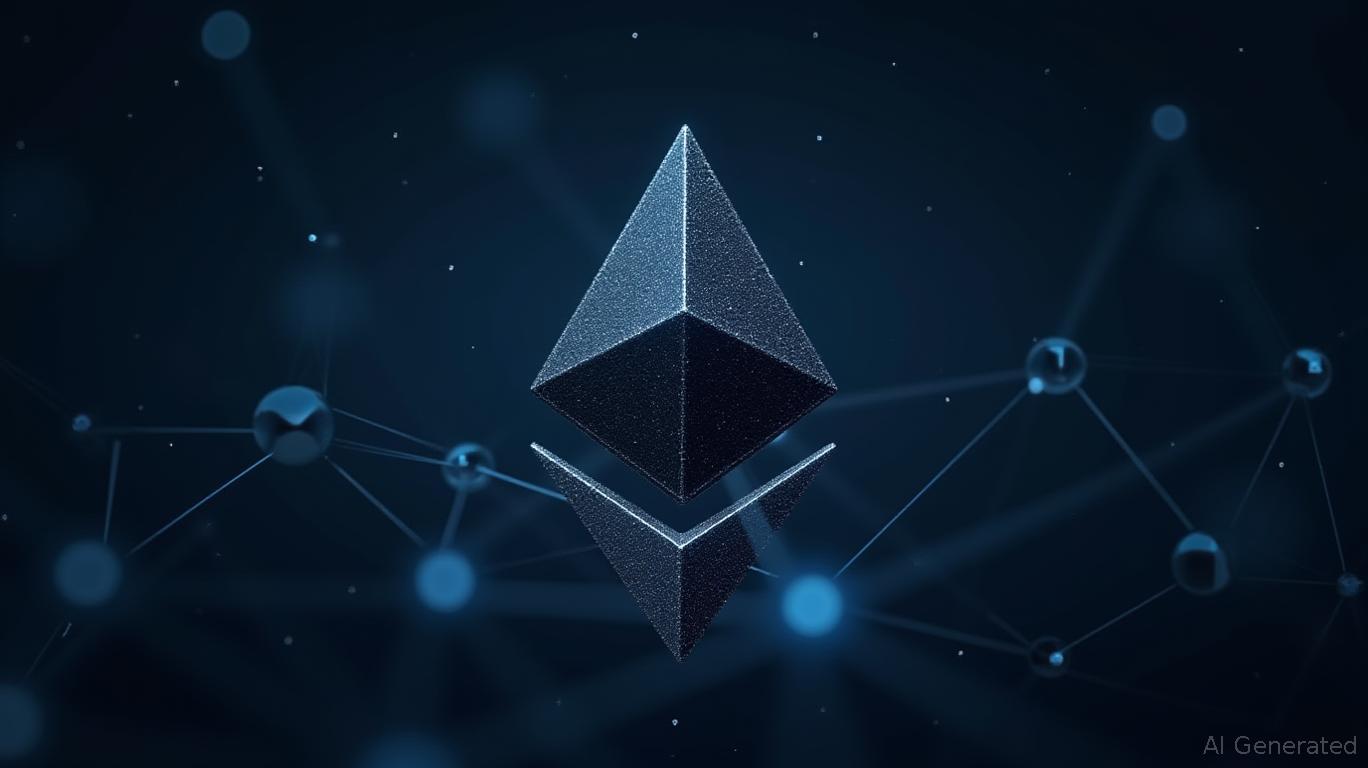AInvest Newsletter
Daily stocks & crypto headlines, free to your inbox
Ethereum’s core developer Barnabé Monnot has introduced a proposal to halve the Ethereum network’s slot time from 12 seconds to 6 seconds, which could potentially double its
production efficiency. This significant change, if adopted, would mark a transformative shift in Ethereum’s operational capabilities by boosting the number of blocks generated per minute. The proposal, under EIP-7782, is part of the Glamsterdam upgrade scheduled for 2026. It suggests reducing block tasks in three key validation processes: block proposals to 3 seconds, confirmations to 1.5 seconds, and aggregate operations also to 1.5 seconds. These modifications could accelerate the current 12-second cycle to just 6 seconds, potentially doubling Ethereum’s block production rate.Reducing the slot time would enable quicker transaction confirmations, benefiting wallets and applications by presenting critical on-chain data more swiftly. Decentralized finance (DeFi) platforms might see increased transaction speed, reduced fees, and a higher volume of transactions due to a narrower arbitrage window. The proposal could enhance market liquidity and overall transaction efficiency. However, these improvements might be uneven across different user segments, with certain users potentially missing out on these benefits.
With potential advantages come risks, particularly for validators who might encounter difficulties adapting to stringent time demands. Validators lacking robust infrastructure could struggle to participate fully, risking their operational capabilities. Additionally, increased
demands might compromise network stability if not thoroughly tested. The Glamsterdam upgrade aims to improve protocol efficiency, with the block time reduction viewed as a pivotal enhancement within this frame. Nonetheless, careful assessment is critical to ensure technical and operational integrity.Barnabé Monnot stated, “Halving the slot time can accelerate validation times, but must be carefully assessed for component alignment.” Challenges for validators could arise from tighter scheduling demands. Market liquidity might improve with faster block times. There is also a potential for reduced transaction fees in DeFi applications. The proposed alteration in slot timing is seen as a pivotal move towards efficiency and enhanced user satisfaction within the Ethereum network. However, the challenges for network validators underline the need for thorough trials and assessments before any wide-scale implementation. Harmonizing changes with network demands is crucial for ensuring comprehensive benefits while mitigating systemic risks.
Ethereum developers have proposed a significant upgrade to the network, aiming to halve the current block slot time from 12 seconds to 6 seconds. This initiative, spearheaded by Ethereum core developer Barnabé Monnot, seeks to double the number of blocks produced on the network, thereby enhancing transaction speed and overall responsiveness for users and developers. The proposal, which is still in its early stages, has sparked strong interest within the developer community and beyond.
The primary goal of this upgrade is to make the Ethereum network more responsive, improve the efficiency of decentralized finance (DeFi) applications, and reduce transaction fees. By accelerating block production, Ethereum could offer faster transaction finality, a crucial step in scaling the network for global use. This change would not only improve user experience but could also create more regular block rewards for validators, benefiting decentralized applications and platforms that rely on real-time data.
However, there are potential trade-offs to consider. Shorter slot times could increase the risk of block propagation issues, especially for validators operating in areas with slower network connections. Developers are aware of this risk and plan to conduct extensive testing before implementing any changes to the live network. Despite these concerns, many believe that the benefits of faster block production could outweigh the risks, particularly as Ethereum continues to compete with faster chains that boast higher throughput.
This proposal aligns with Ethereum's long-term strategy of reducing costs, improving scalability, and maintaining decentralization. Recent upgrades have focused on these goals, and doubling block frequency fits well within this strategy. The shorter slot time could be introduced in a future upgrade, pending consensus and further evaluation of its technical feasibility and impact. For Ethereum users and stakeholders, this proposal is another sign of the network’s commitment to innovation and adaptability in a rapidly evolving digital landscape.

Quickly understand the history and background of various well-known coins

Oct.31 2025

Oct.31 2025

Oct.31 2025

Oct.31 2025

Oct.31 2025
Daily stocks & crypto headlines, free to your inbox
Comments
No comments yet